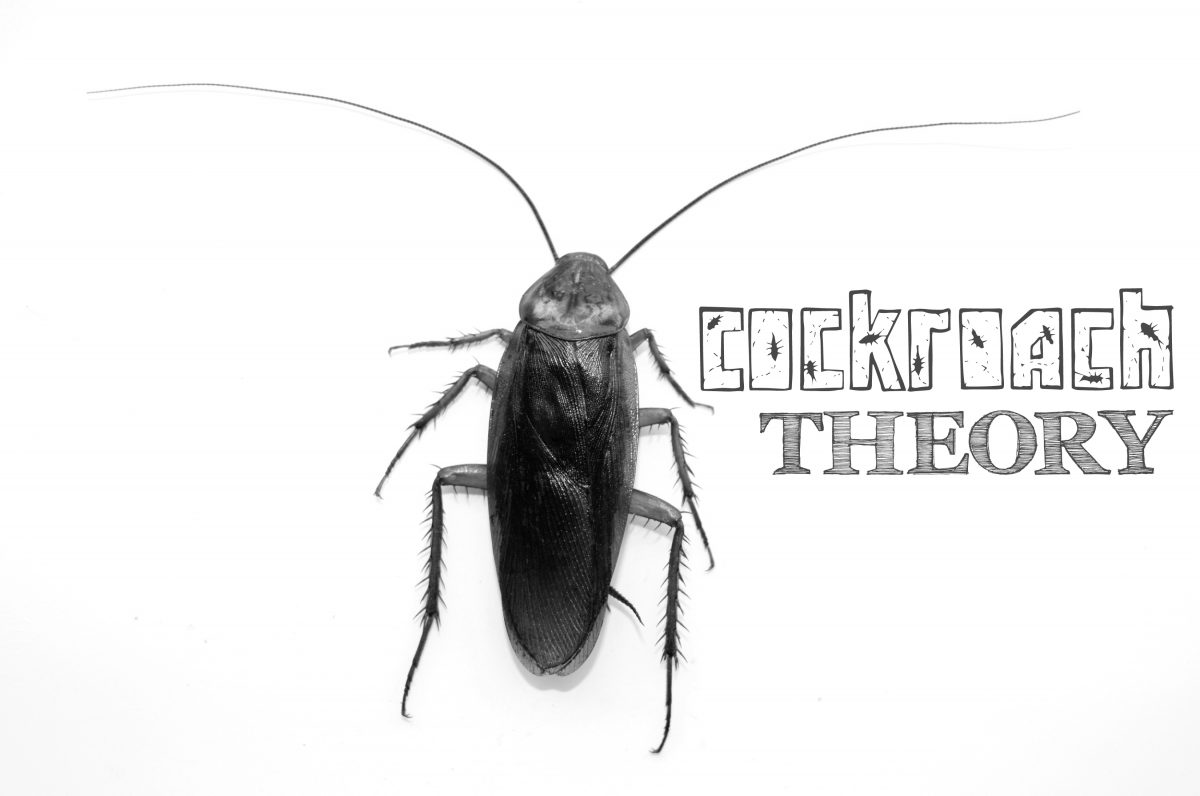Introduction
In decision-making, the Cockroach Theory offers a valuable mental model that highlights the consequences of avoiding uncomfortable situations or problems. This theory suggests that by avoiding or ignoring small issues, we allow them to multiply and become more significant over time. Anchored in human psychology, the Cockroach Theory is prevalent in our day-to-day lives, affecting personal decisions, business scenarios, and even public policy-making. By understanding this theory, we can avoid making irrational decisions and proactively address challenges. In this blog post, we will delve into the Cockroach Theory, explore its real-world applications, discuss the underlying biases, and offer practical strategies to avoid falling into this mental trap.
Defining the Cockroach Theory and its Relevance
The Cockroach Theory is a metaphorical concept that likens unresolved problems to hidden cockroaches in a room. When people spot one cockroach, their instinct is often to ignore or dismiss it, hoping that the issue will resolve itself. However, just as one cockroach often indicates a larger infestation, avoiding small problems can lead to more significant challenges down the line. The Cockroach Theory is relevant in decision-making because it highlights the importance of addressing issues proactively and avoiding the trap of short-term avoidance for long-term consequences.
Anchoring the Cockroach Theory in Human Psychology
The Cockroach Theory is anchored in various aspects of human psychology. The first is the human tendency to avoid discomfort or conflict, known as the avoidance bias. This bias leads individuals to prioritize short-term relief over long-term resolution, ultimately exacerbating the problem. Additionally, the availability heuristic can contribute to the Cockroach Theory, as people tend to rely on easily accessible information when making decisions. If past instances of avoidance resulting in negative outcomes are not readily accessible, individuals may underestimate the potential risks of avoiding current issues.
Prevalence of the Cockroach Theory in Various Contexts
- Personal Life Decisions: In personal life, the Cockroach Theory manifests when individuals avoid addressing minor conflicts within relationships. For instance, a couple might dismiss small disagreements, believing they will resolve themselves over time. However, by not addressing the underlying issues, resentment and frustration can build up, leading to the deterioration of the relationship.
- Business Scenarios: In business, the Cockroach Theory is often observed when organizations ignore early signs of inefficiency or operational problems. For example, if a company chooses to overlook minor customer complaints, assuming they are isolated incidents, they risk overlooking systemic issues that can damage their reputation and customer satisfaction in the long run.
- Public Policy-Making: The Cockroach Theory also applies to public policy-making. When policymakers neglect to address small issues or societal concerns, they can escalate into larger social problems. For instance, disregarding early signs of inequality or environmental degradation can lead to severe social unrest or irreversible damage to the environment.
Mental Biases and Psychological Underpinnings
The Cockroach Theory is influenced by several mental biases. The ostrich effect describes the tendency to ignore or avoid information that might be uncomfortable or inconvenient. Confirmation bias can also contribute, as individuals may actively seek information that supports their decision to avoid addressing problems while dismissing contradictory evidence. Moreover, the sunk cost fallacy plays a role, as people may hesitate to address issues because they have already invested time, effort, or resources into avoiding them.
Strategies to Identify and Avoid the Cockroach Theory
- Embrace a Growth Mindset: Adopt a growth mindset that sees challenges as opportunities for growth and improvement. Instead of avoiding problems, approach them with curiosity and a willingness to learn. Recognize that addressing minor issues early on can lead to better outcomes in the long run.
- Foster Open Communication: Encourage open and honest communication in personal and professional relationships. Create an environment where individuals feel comfortable addressing concerns and conflicts, ensuring that issues are acknowledged and resolved promptly.
- Regular Problem Evaluation: Regularly evaluate and assess potential problems or challenges. Implement proactive monitoring systems to identify early warning signs. This helps prevent the Cockroach Theory by addressing issues when they are still manageable.
Conclusion
The Cockroach Theory serves as a powerful mental model that emphasizes the risks of avoiding or dismissing small problems. By understanding its implications and the underlying biases that contribute to this phenomenon, individuals and organizations can make more informed decisions. By actively identifying and addressing issues, embracing open communication, and adopting a growth mindset, we can avoid falling into the Cockroach Theory trap and proactively work towards optimal outcomes. Awareness and active avoidance of this mental trap can lead to greater personal growth, more effective decision-making, and long-term success.
